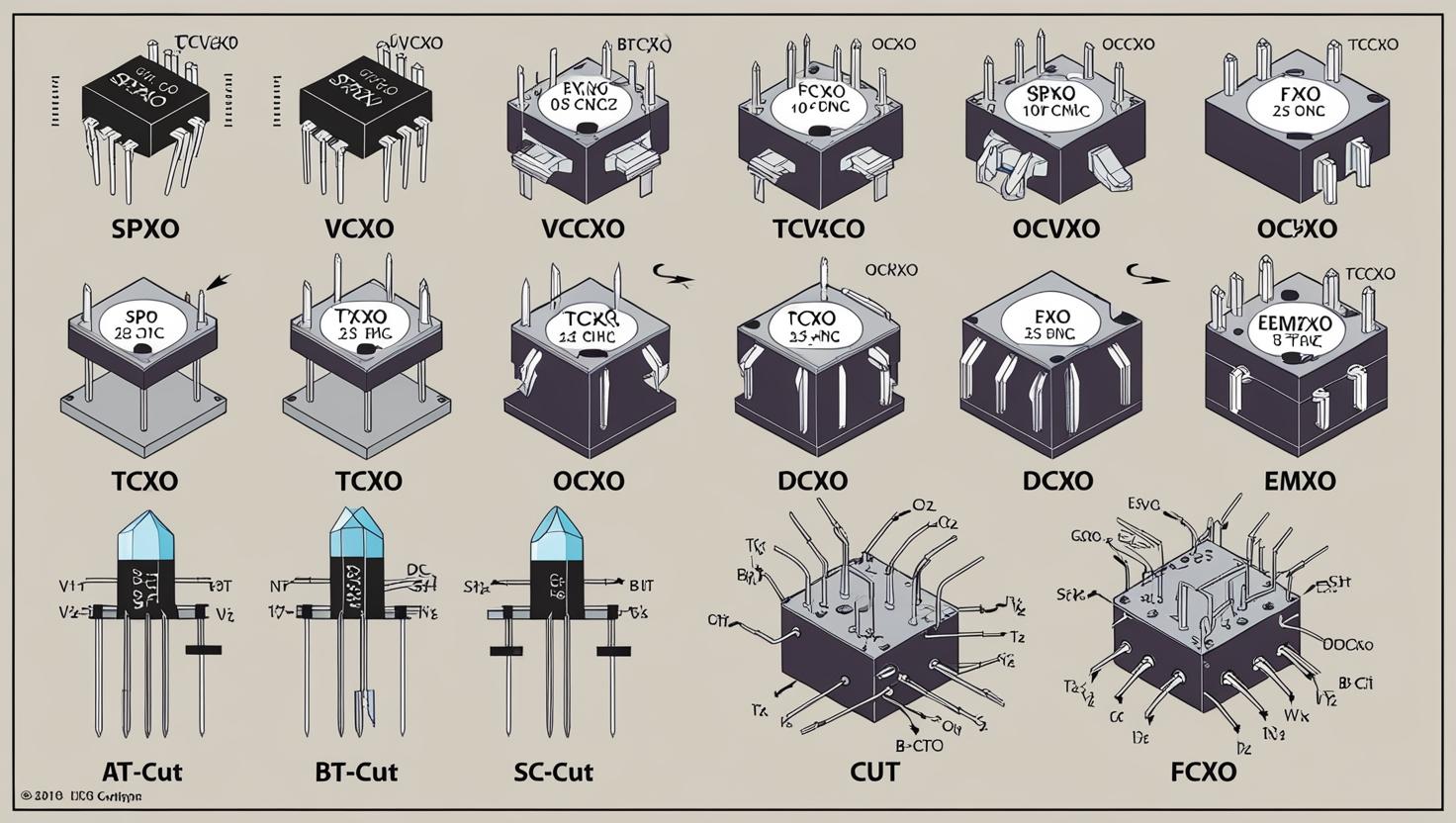In today’s hyper-connected world, timing precision is critical. Behind the seamless functioning of smartphones, autonomous vehicles, smart IoT devices, and satellite communications lies one humble yet indispensable component—crystal timing devices. As industries push for more speed, efficiency, and reliability in digital operations, the demand for precise frequency control through crystal timing devices continues to surge.
Explores the evolving crystal timing devices market, focusing on its expanding role in powering communications networks, automotive technologies, and the Internet of Things (IoT). It also highlights key trends, growth drivers, challenges, and what the future holds for this pivotal industry.
The Role of Crystal Timing Devices
Crystal timing devices—most commonly quartz crystal oscillators—generate precise frequency signals by leveraging the natural resonance of quartz crystals. These devices serve as heartbeat components for electronic systems, providing timing and synchronization essential for data transmission, computing, and wireless connectivity.
Modern applications require increasingly precise synchronization, whether it’s maintaining signal integrity in 5G networks, ensuring safety in automotive systems, or enabling efficient wireless communication in IoT networks.
Growth Drivers
One of the main forces propelling the growth of the crystal timing device market is the expansion of communication networks, particularly with the global rollout of 5G. The new network infrastructure demands higher stability, lower jitter, and greater timing precision, making advanced crystal oscillators indispensable.
Simultaneously, the automotive industry’s shift towards electrification and autonomy is driving demand for robust timing solutions. Applications like Advanced Driver Assistance Systems (ADAS), electric powertrains, and vehicle-to-everything (V2X) communication rely heavily on synchronized digital systems supported by crystal oscillators.
Additionally, the proliferation of IoT devices in smart homes, healthcare, manufacturing, and transportation sectors means billions of devices will require affordable, compact, and reliable timing solutions.
Download PDF Brochure @ https://www.marketsandmarkets.com/pdfdownloadNew.asp?id=943

Technology Advancements and Trends
To meet new performance requirements, manufacturers are developing innovations in Temperature Compensated Crystal Oscillators (TCXOs), Voltage Controlled Crystal Oscillators (VCXOs), and Oven Controlled Crystal Oscillators (OCXOs). Furthermore, MEMS-based oscillators are increasingly gaining attention for their robustness, compact size, and suitability for IoT and wearable devices.
One notable trend is the integration of timing devices into system-on-chip (SoC) architectures, which allows for smaller, more power-efficient designs critical for mobile and embedded systems.
Challenges in the Market
While the market outlook is positive, challenges remain. The crystal oscillator market has faced supply chain disruptions, particularly with global semiconductor shortages and geopolitical trade tensions like U.S. tariffs on Chinese electronic components. These disruptions have pushed manufacturers to diversify production locations and reconsider sourcing strategies.
Additionally, competition from MEMS oscillators is growing, especially in low-power and mobile applications. Manufacturers of quartz-based oscillators are responding with improved features and by targeting niche high-precision markets.
Regional Market Insights
Asia-Pacific remains the largest market for crystal timing devices, with countries like China, Japan, Taiwan, and South Korea playing dominant roles in production and export. The United States and Europe contribute significant demand, especially in automotive, aerospace, and defense applications.
Emerging economies in Southeast Asia and Latin America are expected to be new growth hotspots, driven by expanding industrialization and digital infrastructure development.
Future Outlook
The future of the crystal timing device market looks robust. With the continued expansion of 5G, AI-driven connected devices, electric vehicles, and space technologies, precision timing will remain a foundation of global technological progress.
Innovations in material science, hybrid oscillator designs, and advanced manufacturing will help the industry cater to new applications while ensuring long-term reliability. Companies investing in R&D, regional diversification, and strategic partnerships are poised to capitalize on this growth trajectory.
Crystal timing devices may not be the most visible components in the digital revolution, but their impact is undeniable. As industries continue to evolve toward more connected, automated, and intelligent systems, these essential components will be at the heart of reliable communication, automotive innovation, and IoT expansion. The crystal timing device market is set to thrive, powering the next generation of digital infrastructure.
Frequently Asked Questions (FAQ)
1. What are crystal timing devices?
Crystal timing devices are electronic components that generate precise frequency signals using quartz crystals. They provide the stable timing necessary for synchronization in electronic circuits, enabling the proper operation of devices like smartphones, GPS systems, computers, and industrial equipment.
2. Why are crystal oscillators important in communications?
In communication systems—especially in 4G, 5G, and satellite networks—precise timing is critical for maintaining signal clarity, reducing interference, and ensuring data integrity. Crystal oscillators help synchronize data transmission, allowing networks to function efficiently.
3. How are crystal timing devices used in the automotive industry?
Crystal oscillators are used in automotive electronics for applications such as infotainment systems, engine control units (ECUs), Advanced Driver Assistance Systems (ADAS), and vehicle-to-vehicle (V2V) communications. As electric and autonomous vehicles rise, the demand for reliable timing increases.
4. What impact does IoT have on the crystal timing device market?
The Internet of Things (IoT) market drives significant demand for compact, cost-effective, and energy-efficient timing devices. Billions of IoT devices across smart homes, industries, and healthcare require crystal oscillators to maintain communication and device coordination.
